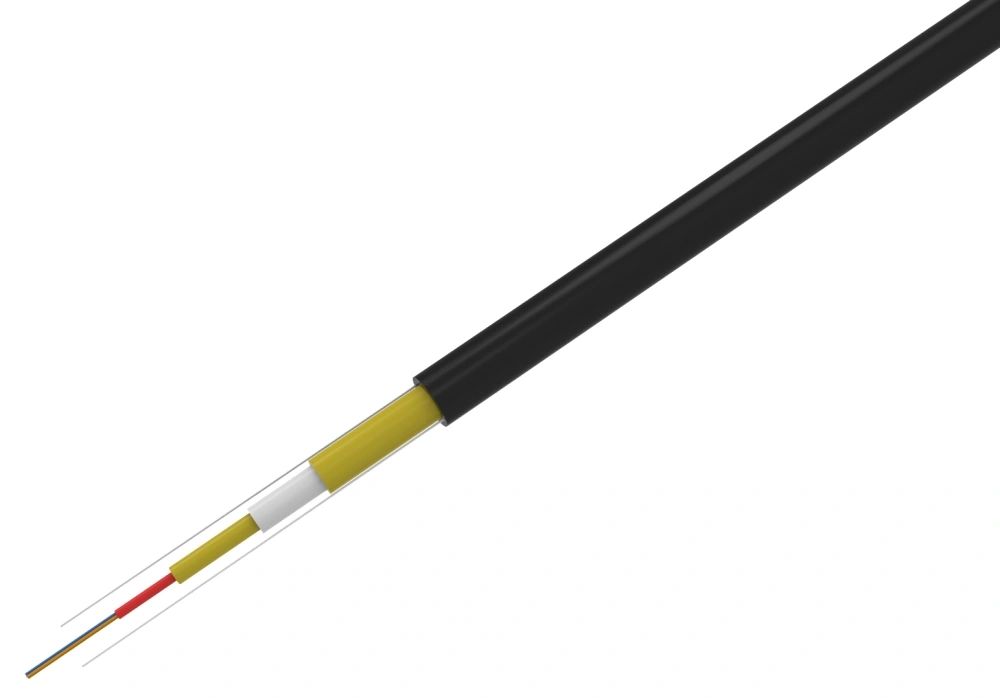Importance of Security and Stability in Indoor Optical Cables and Power Supply

In today's digital age, the need for secure and stable connectivity is paramount. When it comes to indoor optical cables and power supply, ensuring the highest level of security and stability becomes crucial. As these cables and power supply systems are the backbone of modern communication networks, any compromise in their security or stability can have severe consequences. In this article, we will delve into the considerations that should be taken into account to guarantee the security and stability of indoor optical cables and power supply.
1. Physical Security Measures
Physical security measures play a significant role in safeguarding indoor optical cables and power supply systems. It is essential to prevent unauthorized access or tampering with the infrastructure. Implementing measures like secure enclosures, access control systems, and surveillance cameras can help in deterring potential threats. Regular inspections and maintenance should be conducted to identify any vulnerabilities or signs of tampering.
2. Redundancy and Backup Systems
To ensure stability in indoor optical cables and power supply, redundancy and backup systems are vital. Redundant cables and power supply paths can prevent complete service disruptions in case of failures or outages. Employing dual power sources, backup batteries, and uninterruptible power supply (UPS) systems can provide continuous power to critical equipment. Similarly, redundant optical cables and connectors can offer alternative routes for data transmission, ensuring uninterrupted connectivity.
3. Surge and Environmental Protection
Optical cables and power supply systems are susceptible to damage from power surges and environmental factors. Surge protection devices, such as lightning arrestors and surge suppressors, should be installed to divert excessive electrical currents away from the cables and equipment. Additionally, proper grounding should be implemented to protect against voltage fluctuations and eliminate potential electric shocks. Environmental protection measures, including moisture and temperature control systems, should also be in place to prevent corrosion and equipment degradation.
In conclusion, security and stability considerations for indoor optical cables and power supply are crucial for a seamless and reliable connectivity experience. By implementing physical security measures, redundancy systems, and surge and environmental protection, the risks of unauthorized access, service disruptions, and equipment damage can be minimized. Prioritizing these considerations will ensure a robust and enduring infrastructure for indoor optical cables and power supply systems.



